There are things we can do to help us regulate and stay within our window, as well as things we can do to help expand our window. This means identifying and practicing small things that nudge us in the right direction. Below are some ideas to help keep us from shifting outside the window of tolerance, as well as ideas for how we can work to expand our window of tolerance.
Ideas to Calm and Keep From Shifting to Hyper-Arousal
When you notice that you are becoming hyper-aroused and finding it increasingly difficult to stay calm, you can use this as a signal that you are coming close to the upper edge of your window of tolerance and that you need to intervene. The first step is to identify and name, as accurately as you can, your emotional experience.
Although different people prefer different approaches, in general, calming imagery and soothing skills and grounding techniques are generally helpful to bring a person out of hyper-arousal back down into their optimal zone. The goal is to effectively release the intense emotions. Here are some activities that help to do this:
- Slow, deep breathing exercises
- Journaling...it's therapeutic and helps to process thoughts and feelings and to gain perspective
- Yoga...the combination of movement, breath work and mindfulness has been found to help with regulation and with healing of trauma
- Vigorous exercise
- Connecting to nature
Ideas to Activate and Keep From Shifting to Hypo-Arousal
Signals that you may be entering hypo-arousal is when you feel like withdrawing or like you are ‘shutting down’. If this is the case, use this as a ‘signal’ that you are coming close to the edge of your window of tolerance and need to intervene. The first step is to identify and name, as accurately as you can, your emotional experience.
For some people, connecting with others can be a useful way to counter their desire to withdraw. For others (particularly those with significant interpersonal traumas) connecting with others when distressed may be challenging because others either may be emotionally unavailable or may be perceived as aversive or threatening. Regardless, it is helpful to have thought ahead about how you would like to respond.
The goal is to optimally stimulate our brain and nervous system in a healthy and empowering manner that will shift us out of this state in away that feels good for us. Here are some activities that can help create this shift:
- Movement/exercise
- Safely stimulating the senses (essential oils, cold water, etc.)
- Creative outlets such as finger painting and drawing
- Playing uplifting music/dancing
- Yoga...the combination of movement, breath work and mindfulness has been found to help with regulation and with healing of trauma
- Self-compassion techniques
Ideas to Expand Our Window of Tolerance
The wider we can expand our window of tolerance, the more resilient we can become in the face of life's challenges. In order to increase our window of tolerance, a good starting point is to begin to be aware of the ‘cues’ or the ‘signals’ that you are becoming either hyper-, or hypo- aroused as noted above.
Expanding our window of tolerance is a long-term commitment of creating greater self-awareness, emotional intelligence, understanding of triggers and limiting beliefs, and healing from trauma. These are all key steps to both regulating and expanding our window of tolerance.
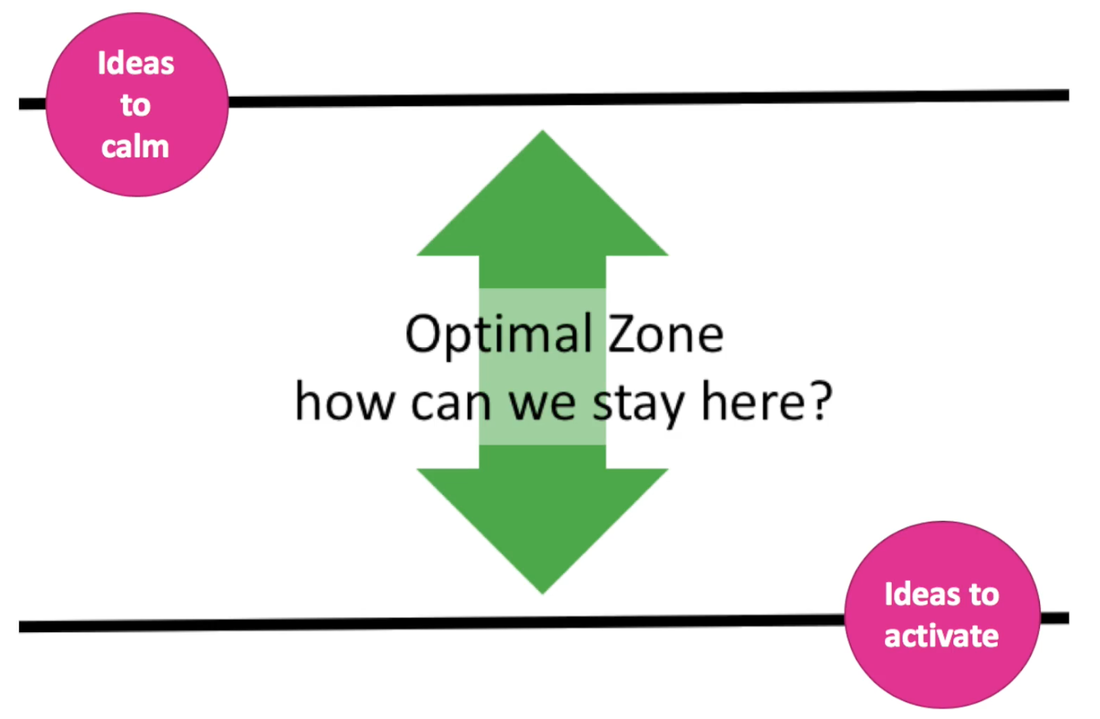
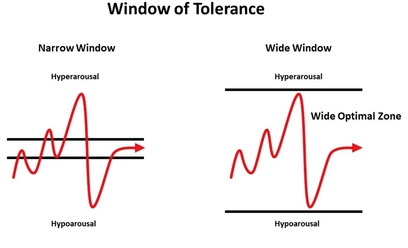
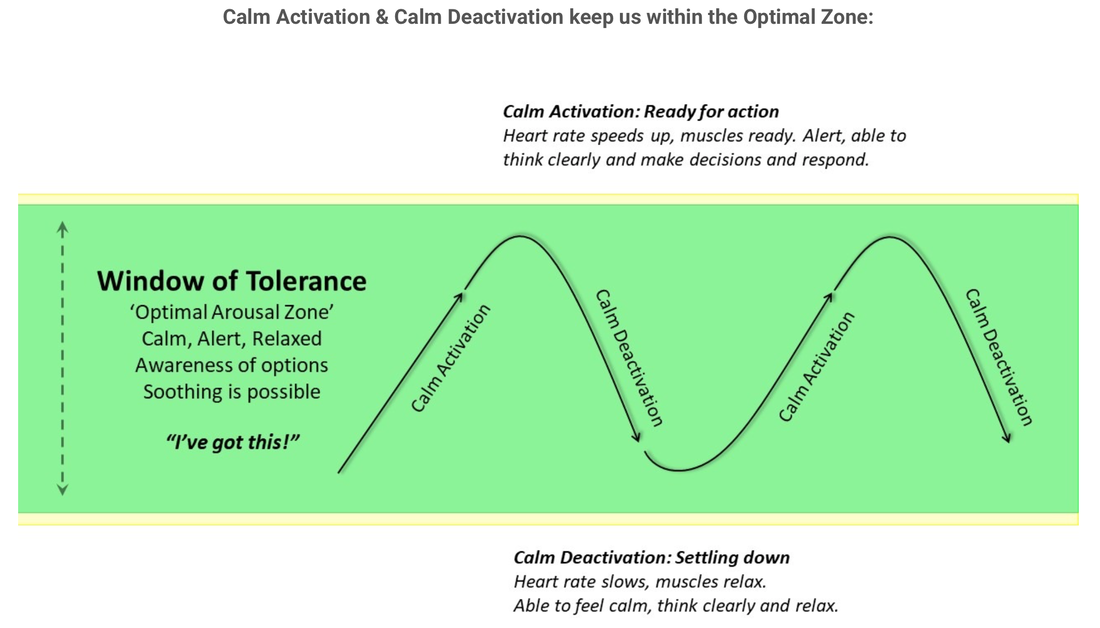
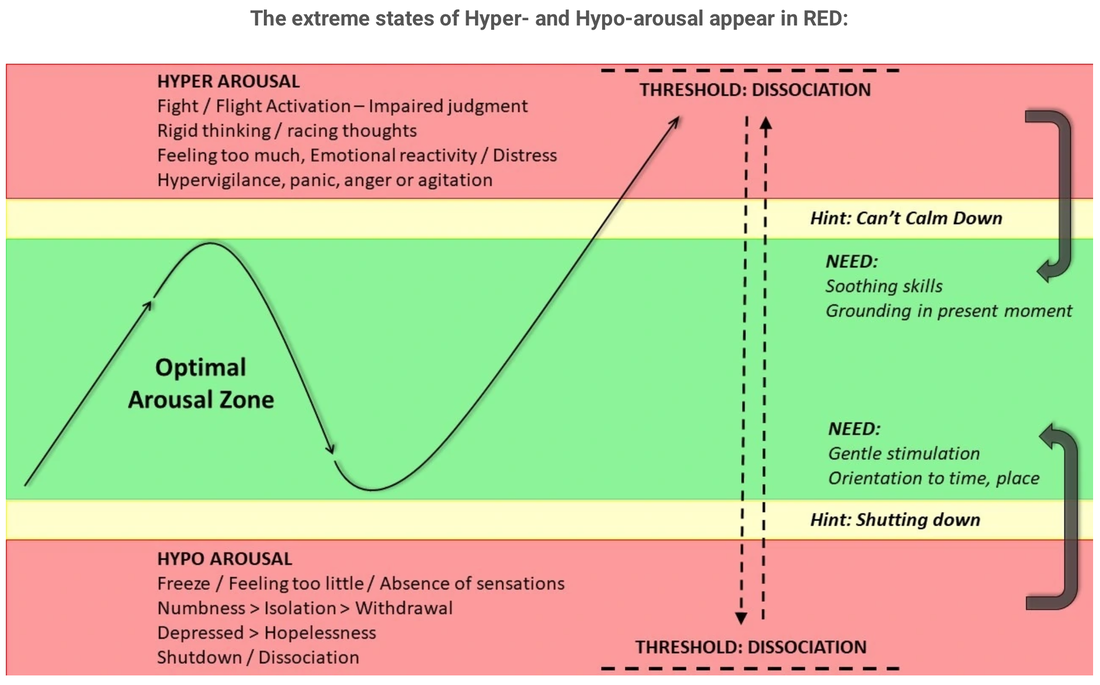
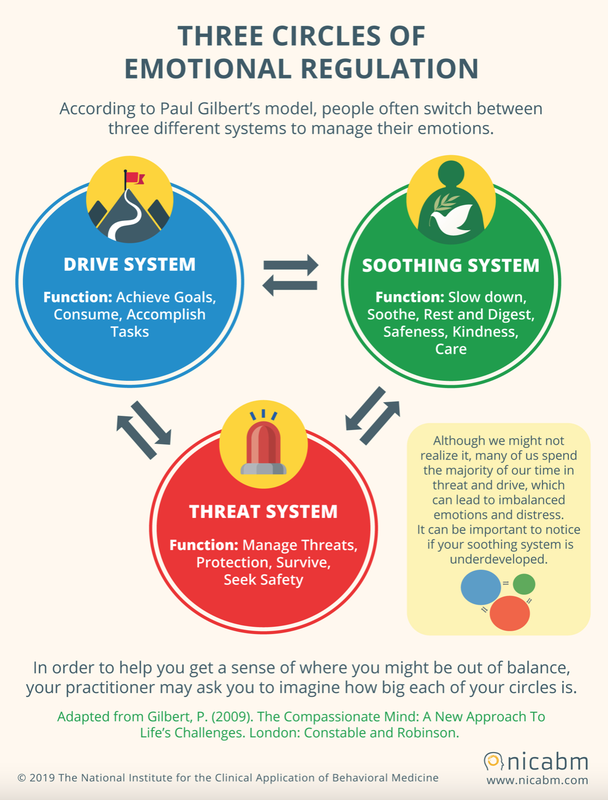
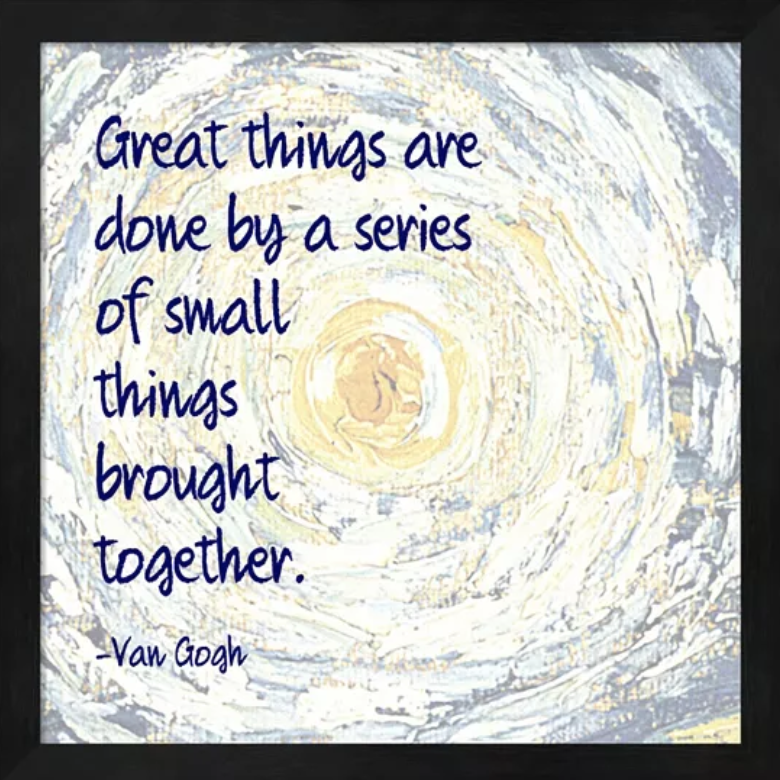
 RSS Feed
RSS Feed
